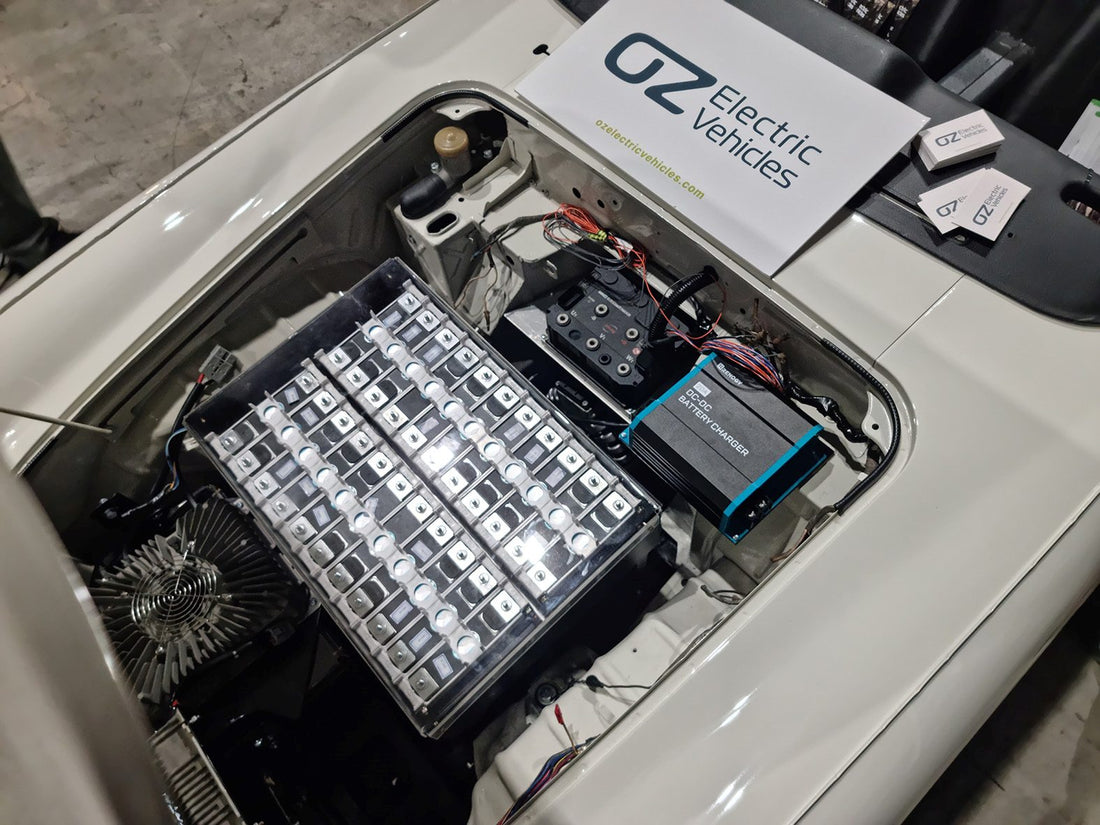
What are Lithium Batteries About
Share
WHERE DOES LITHIUM-ION BATTERIES COME FROM AND WHERE DO THEY GO AT THE END?
Lithium-ion batteries have become an essential component in the production of electric vehicles, as well as in the renewable energy sector. These batteries are known for their high energy density, which allows them to store more energy in a smaller space than traditional lead-acid batteries. But where do these batteries come from, and how are they made?
Lithium, the key element in lithium-ion batteries, is a metal that is typically found in salt flats, or salars, in countries such as Western Australia, Chile, Argentina, and China. The lithium is extracted from the salt flats using a process called solar evaporation, which involves allowing the sun to evaporate the water in the salars, leaving behind concentrated lithium chloride. This lithium chloride is then processed further to extract the lithium.
Once the lithium has been extracted, it is then combined with other materials, such as cobalt, nickel, or manganese, to create the cathode, or positive electrode, of the battery. The anode, or negative electrode, is typically made from graphite. These electrodes are then placed in a separator, which prevents them from touching and shorting out the battery, and the whole thing is then placed in a sealed container, called the "jelly roll," which is filled with an electrolyte solution.
The production of these batteries is energy-intensive, and the mining of lithium has been criticized for its environmental impact with false information that they are mined in the underground mines by child labour in the Congo that is not Lithium.
However, there is a new growing industry are now taking steps to make their production processes more sustainable, such as by using recycled materials and renewable energy sources.
The recycling of lithium-ion batteries is also becoming increasingly important, as the number of electric vehicles and other devices using these batteries continues to grow. When a lithium-ion battery reaches the end of its useful life, it can be recycled to recover the valuable metals and materials inside. The recycling process typically involves crushing the battery to separate the different components, such as the lithium, cobalt, and nickel, which can then be regrouped to be used in new batteries. The recycling process is also important for the environment as it prevents the materials inside the batteries from ending up in landfills and creating toxic situations – no one wants that, not even the developers, hence they are invested in the recycling or upcycling.
One of the exciting developments in this field is the use of recycled battery walls, to capture energy from the sun which can then be used to power electric vehicles and decrease dependence on fossil fuels. These recycled battery walls can also be used as a means of decreasing waste and promoting sustainable living.
Overall, lithium-ion batteries are becoming an essential component in the transition to a cleaner, more sustainable energy system. And with the increasing focus on recycling and sustainable production methods, the environmental impact of these batteries is also being minimized.
The development of lithium-ion batteries and its recycling/upcycling is a crucial step towards a greener future where nothing is wasted and nothing is buried in the ground.